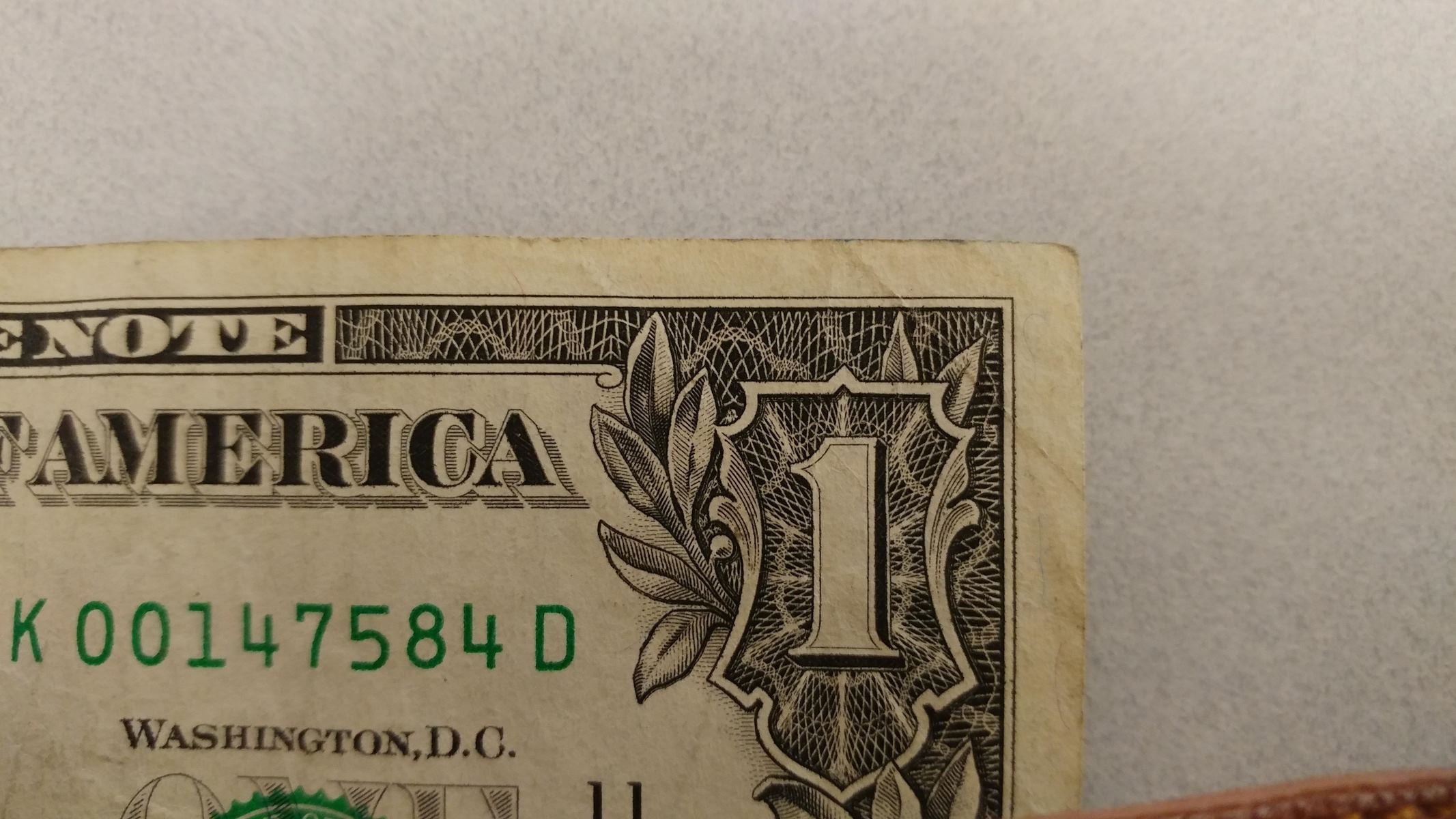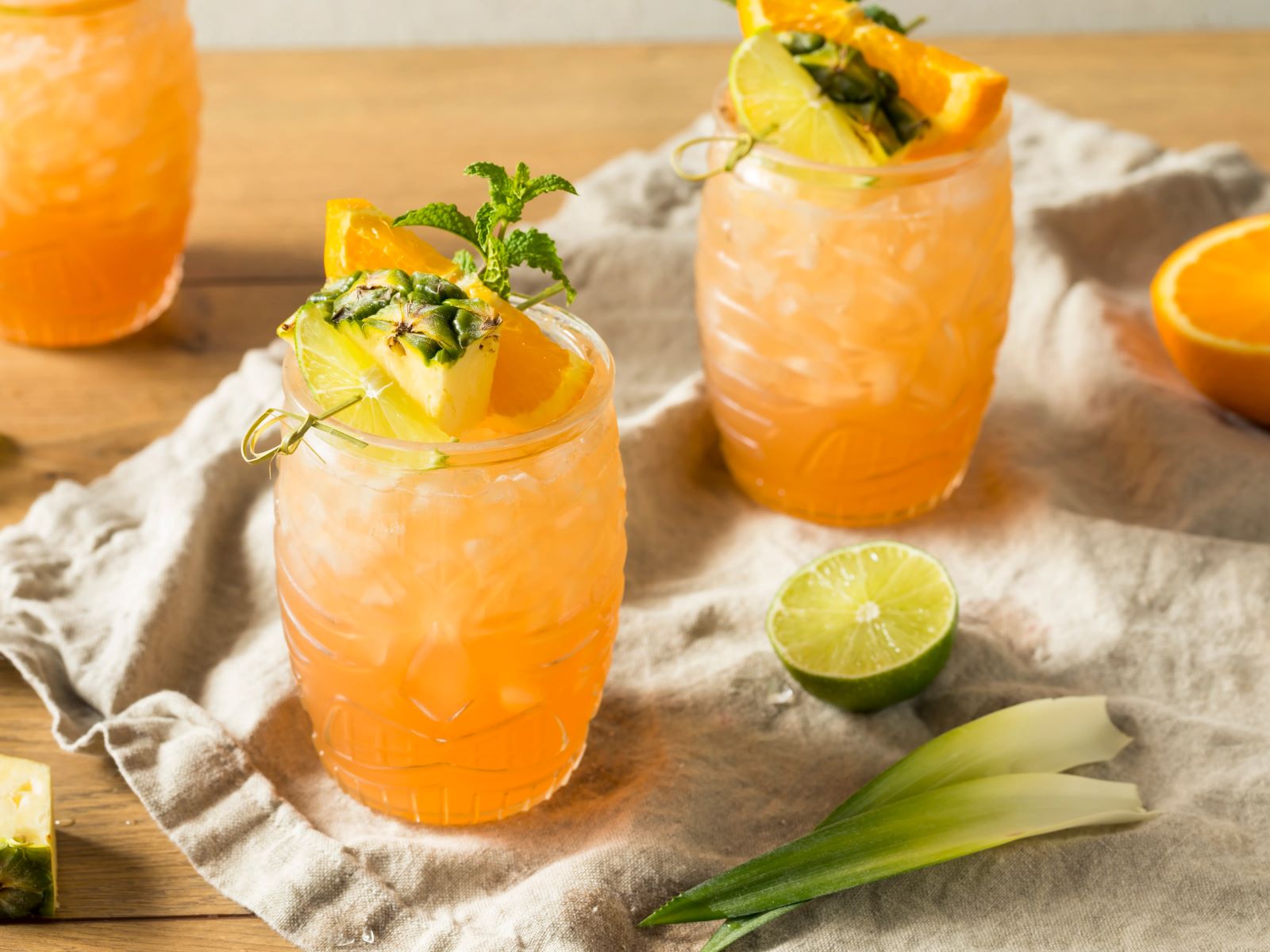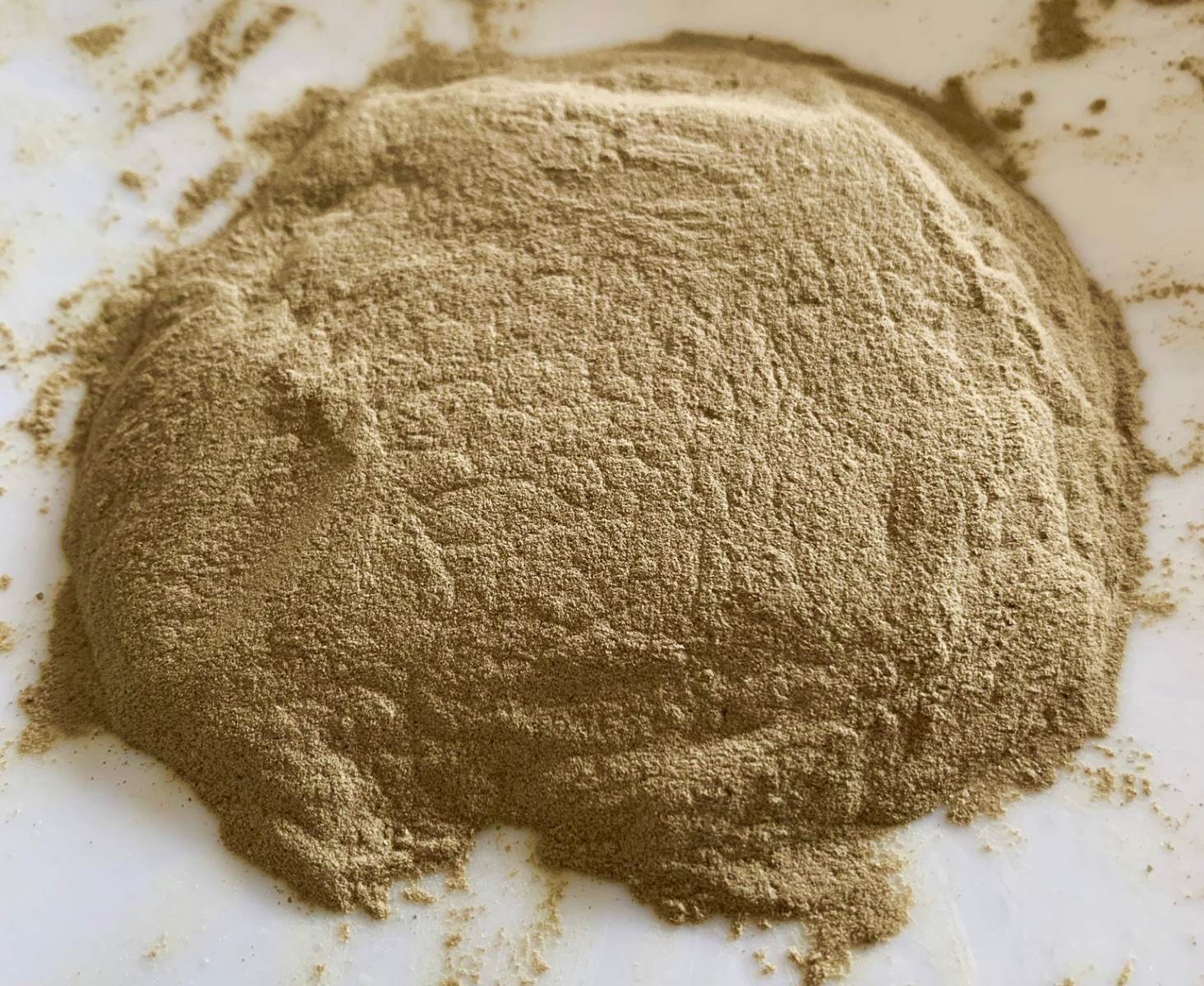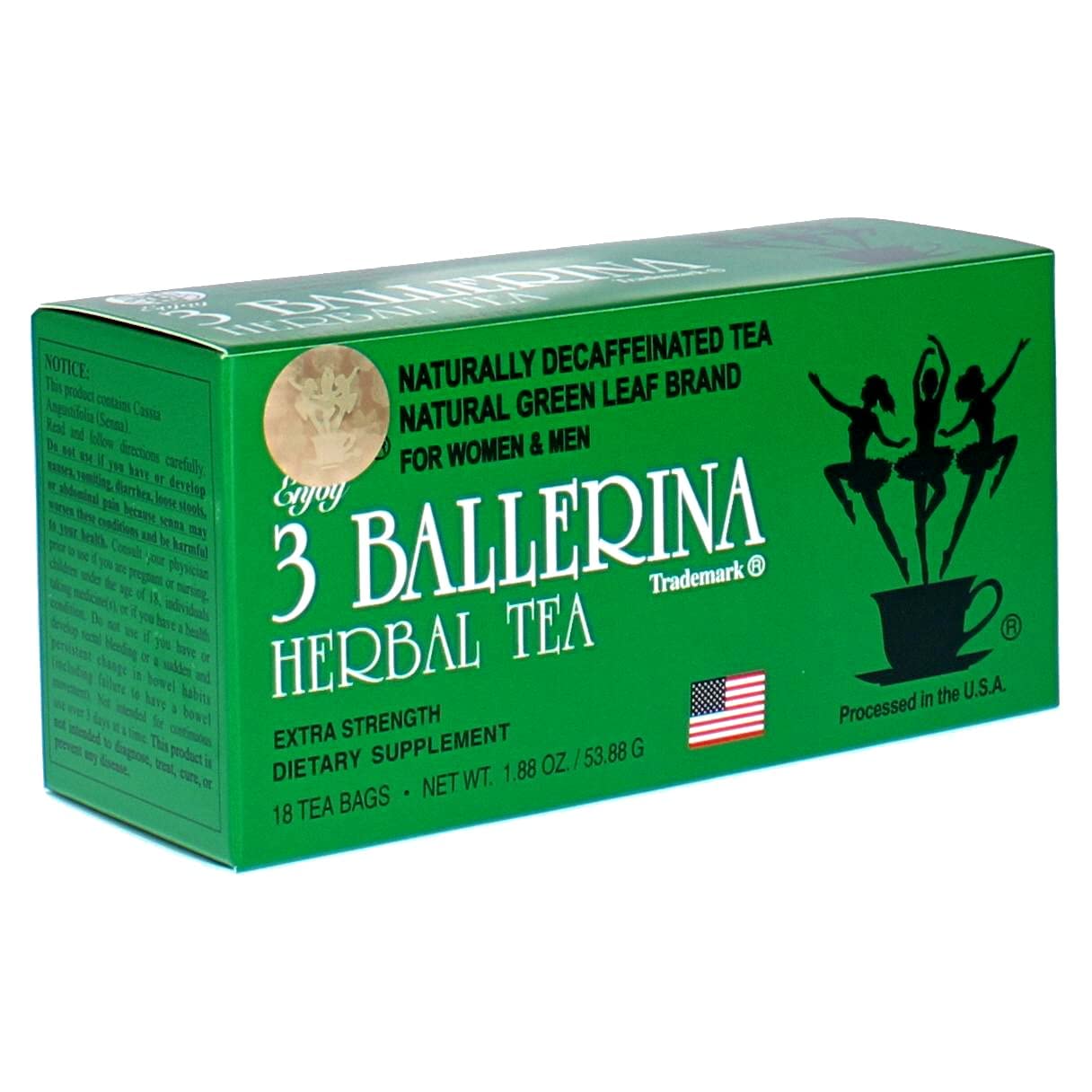Home>Food and Cooking>The Surprising Secret Behind The Marble In Ramune Soda


Food and Cooking
The Surprising Secret Behind The Marble In Ramune Soda
Published: February 15, 2024
Discover the fascinating process behind the marble in Ramune soda and its connection to Japanese food and cooking traditions. Uncover the surprising secret that adds a unique touch to this beloved beverage.
(Many of the links in this article redirect to a specific reviewed product. Your purchase of these products through affiliate links helps to generate commission for Regretless.com, at no extra cost. Learn more)
Table of Contents
Introduction
Ramune soda, a beloved carbonated drink with a distinctive marble stopper, has captured the hearts of beverage enthusiasts worldwide. The unique design of the bottle, coupled with the effervescent fizz and refreshing flavors, has made Ramune a cherished part of pop culture and a delightful treat for many. But have you ever wondered about the intriguing secret behind the marble in Ramune soda? This seemingly simple yet captivating feature holds a fascinating history and a surprising revelation that adds to the charm of this iconic beverage.
Stay tuned as we embark on a journey to uncover the enigmatic origins and the unexpected truth behind the marble in Ramune soda. Let's delve into the captivating tale of this effervescent elixir and explore the delightful surprise concealed within each bottle.
History of Ramune Soda
Ramune soda, originally known as "lamune," traces its roots back to the late 19th century in Japan. The beverage's inception can be attributed to the influence of Western culture and the introduction of carbonated drinks to the Japanese market during the Meiji era.
In 1872, the first carbonated soft drink was produced and sold in Japan, marking the beginning of a significant shift in the country's beverage industry. However, it was not until the late 19th century that Ramune soda made its debut, gaining widespread popularity and becoming a staple in Japanese refreshment culture.
The name "Ramune" is derived from the English word "lemonade," reflecting the drink's initial flavor profile. The original Ramune soda was crafted to mimic the taste of traditional lemonade, offering a tangy and citrusy experience to consumers.
One of the defining features of Ramune soda is its distinct packaging. The beverage is traditionally bottled in Codd-neck bottles, which are sealed with a marble and a special mechanism. This unique design not only sets Ramune soda apart from other carbonated drinks but also contributes to its nostalgic charm and playful appeal.
Over the years, Ramune soda has evolved to encompass a diverse range of flavors, catering to a broad spectrum of palates. From classic lemon-lime to adventurous variations such as lychee, strawberry, and melon, Ramune soda continues to captivate consumers with its innovative and vibrant flavor profiles.
Today, Ramune soda has transcended its cultural origins and has garnered a global following, captivating enthusiasts with its effervescence, diverse flavors, and iconic marble-stoppered bottles. The beverage's rich history and enduring popularity serve as a testament to its enduring appeal and its status as a beloved fixture in the world of carbonated beverages.
The Marble in Ramune Soda
The distinctive feature that sets Ramune soda apart from other carbonated beverages is the marble sealed within its bottle. This marble, often concealed beneath a plastic cap, serves as a unique and ingenious mechanism that enhances the drinking experience. As the carbonation within the soda creates pressure, the marble acts as a seal, preventing the gas from escaping and maintaining the drink's effervescence until it is ready to be enjoyed.
The process of opening a bottle of Ramune soda is an experience in itself. To release the marble and access the refreshing beverage, a special device known as a "plunger" is provided with the bottle. This plunger is ingeniously designed to push the marble inward, creating a small opening through which the drink can be savored. The distinct "pop" sound that accompanies this action adds an element of anticipation and excitement, making the act of opening a bottle of Ramune soda a delightful ritual.
Beyond its practical function, the marble in Ramune soda adds a playful and whimsical element to the drinking experience. The visual appeal of the marble as it moves within the bottle, responding to the tilt and movement of the container, adds an interactive dimension to the act of enjoying the beverage. This interactive quality has contributed to the enduring appeal of Ramune soda, making it a favorite among both children and adults.
Moreover, the presence of the marble in Ramune soda bottles serves as a testament to the beverage's commitment to tradition and innovation. While modern manufacturing techniques have introduced alternative packaging methods, the continued use of the marble and Codd-neck bottles preserves the authenticity and charm of Ramune soda, connecting consumers to its rich history and cultural significance.
In essence, the marble in Ramune soda encapsulates the spirit of creativity, ingenuity, and delight that defines this iconic beverage. Its presence elevates the act of drinking soda into a memorable and engaging experience, making each bottle of Ramune soda a delightful treasure waiting to be discovered.
The Surprising Secret
Amidst the whimsical allure of the marble-stoppered bottles and the effervescent charm of Ramune soda lies a surprising secret that adds a delightful twist to this beloved beverage. The seemingly innocuous marble, nestled within the confines of each bottle, holds a captivating revelation that sheds light on the ingenuity and resourcefulness of its creators.
The surprising secret behind the marble in Ramune soda lies in its multifaceted role as both a functional component and a symbol of cultural heritage. While the marble primarily serves as a seal to maintain the drink's carbonation, its presence also carries a deeper significance rooted in tradition and innovation.
At its core, the use of a marble as a stopper in Ramune soda bottles reflects a convergence of practicality and creativity. During the early days of the beverage's production, the marble emerged as a resourceful solution to the challenge of sealing carbonated drinks. This inventive approach not only preserved the soda's effervescence but also distinguished Ramune from other beverages, setting it apart as a unique and playful indulgence.
Furthermore, the incorporation of the marble in Ramune soda bottles embodies a cultural legacy that honors the beverage's origins and enduring appeal. As the world of carbonated drinks evolved with the introduction of modern packaging techniques, the retention of the marble and Codd-neck bottles in Ramune soda production pays homage to tradition while embracing innovation. This harmonious blend of heritage and adaptation underscores the timeless allure of Ramune soda, captivating enthusiasts with its rich history and immersive drinking experience.
The surprising secret encapsulated within the marble of Ramune soda transcends its functional role, resonating with a narrative of resilience, creativity, and cultural significance. It stands as a testament to the enduring legacy of this iconic beverage, inviting consumers to partake in a refreshing journey that intertwines tradition with a touch of delightful surprise.
In essence, the surprising secret behind the marble in Ramune soda unveils a narrative of ingenuity and tradition, elevating the beverage from a mere refreshment to a cherished cultural emblem. With each bottle of Ramune soda, the captivating revelation concealed within the marble invites enthusiasts to savor not just a drink, but a storied tradition and a delightful surprise that transcends time and borders.
Conclusion
In conclusion, the enigmatic marble nestled within the iconic Ramune soda bottles represents far more than a mere seal for carbonation. It serves as a testament to the beverage's rich history, cultural significance, and enduring appeal. The delightful surprise concealed within each bottle encapsulates a narrative of ingenuity, tradition, and a touch of whimsy that continues to captivate enthusiasts worldwide.
As we unravel the captivating tale of Ramune soda, we uncover a beverage that transcends its role as a refreshment, evolving into a cherished cultural emblem. The history of Ramune soda reflects a convergence of influences, from the introduction of carbonated drinks to Japan during the Meiji era to the beverage's enduring popularity and global reach. This journey through time unveils a narrative of resilience, adaptation, and the preservation of tradition, encapsulated within the charming marble-stoppered bottles.
The marble in Ramune soda not only maintains the drink's effervescence but also elevates the act of savoring the beverage into an immersive and interactive experience. From the distinctive "pop" sound that accompanies the opening of the bottle to the playful movement of the marble within, Ramune soda invites consumers to partake in a delightful ritual that transcends generations and borders.
Moreover, the surprising secret behind the marble in Ramune soda underscores the beverage's commitment to innovation while honoring its cultural heritage. By retaining the use of Codd-neck bottles and marbles in its packaging, Ramune soda preserves a connection to its origins, inviting enthusiasts to embrace a tradition that seamlessly intertwines with the modern world.
In essence, the marble in Ramune soda embodies a delightful fusion of functionality and charm, symbolizing the enduring spirit of creativity and resilience. With each bottle of Ramune soda, consumers are not only treated to a refreshing beverage but are also invited to immerse themselves in a storied tradition and a delightful surprise that transcends time and borders.
As we raise a bottle of Ramune soda to toast to its captivating tale, we celebrate a beverage that continues to enchant and inspire, inviting us to savor not just a drink, but a cherished cultural legacy and a delightful surprise concealed within the captivating marble-stoppered bottles.















